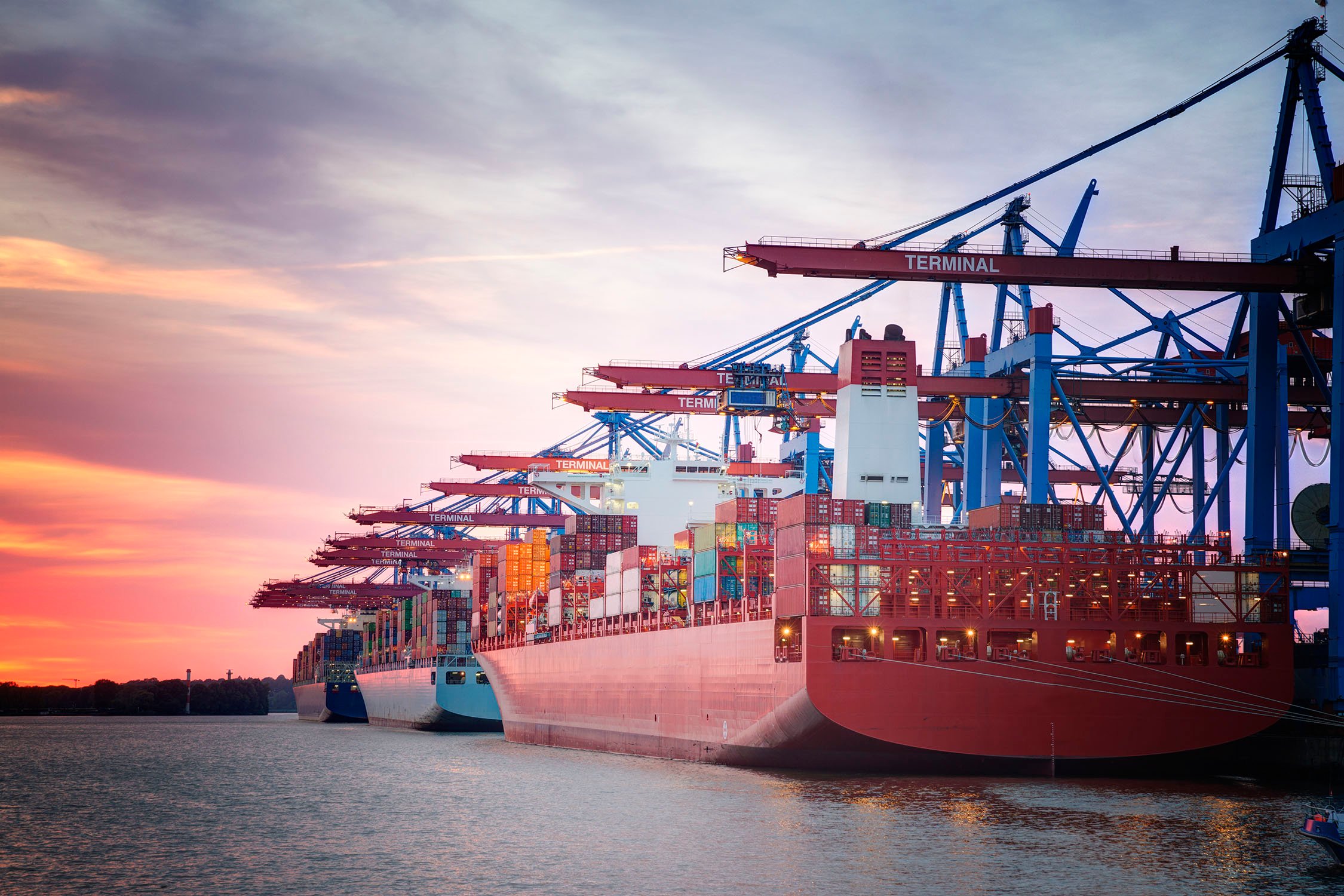This blog concerns an update of our previous blog on the extension of the definition of “consigned from”, to be found here. In 2023, the EU applied anti-dumping or anti-subsidy duties (together “AD/AS duties”) on imports of 141 products from 20 countries. The EU regularly extends these duties to imports of these products from other countries to counter circumvention.As context, to see whether AD/AS duties apply, you need to look at the non-preferential origin of…
